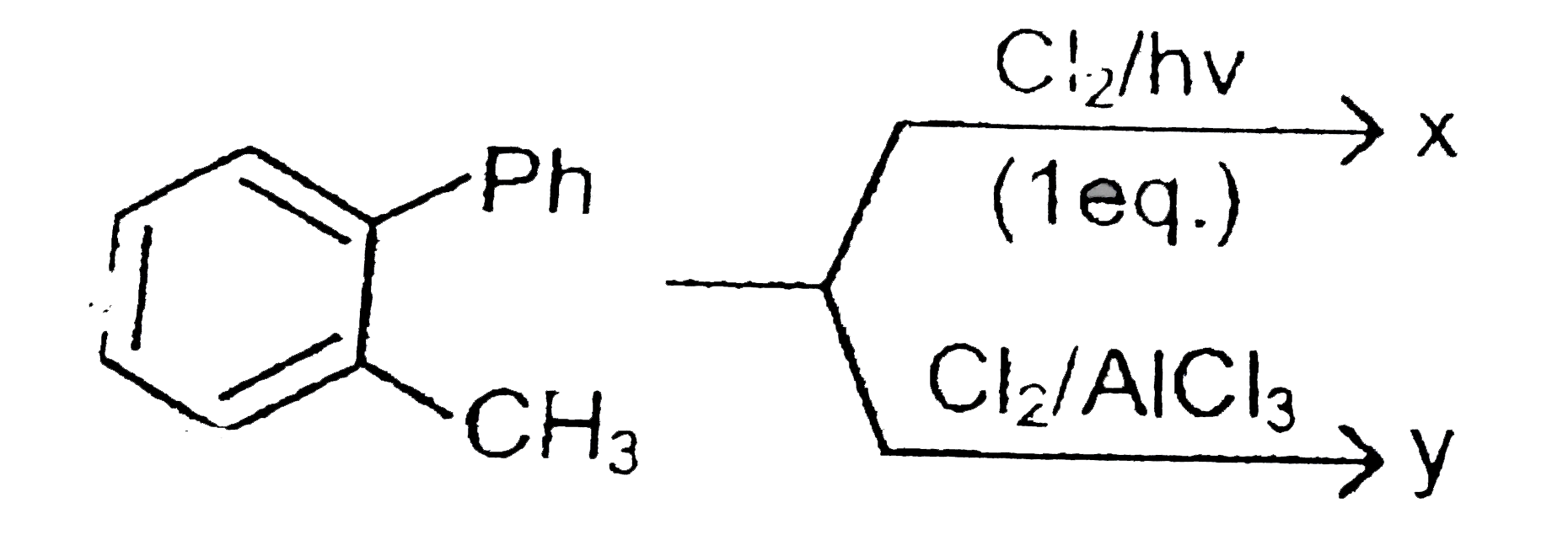Three compound X, Y and Z were taken into three different laboratory vessels annd they are carried out by a chemist in his car. The car caught fire due to short circuit and the chemist came out of the car and noticed following observations:
Q. Compound X changes into white substnace along with liberation of neutral oxide and then white substnace decomposed into three products among which two are acidic oxides. among these oxides non-polar oxide can undergo polar cyclic polymer on cooling. the compound X will be:
MgSO4⋅7H2O
ZnSO4⋅7H2O
CaSO4⋅2H2O
FeSO4⋅7H2O
The correct Answer is:D
To solve the question regarding the compound X, we will analyze the observations step by step.
Step 1: Identify the initial compound
The problem states that compound X changes into a white substance and liberates a neutral oxide. The options given are Magnesium Sulphate, Zinc Sulphate, Calcium Sulphate, and Ferrous Sulphate.
Hint: Look for a compound that can change color and release a neutral oxide upon heating.
Step 2: Analyze the color change
Among the options, Ferrous Sulphate (FeSO4·7H2O) is known to be green in color when hydrated. Upon heating, it loses its water of crystallization and becomes anhydrous ferrous sulfate, which is white.
Hint: Consider the color change during heating and the formation of a white substance.
Step 3: Decomposition of the white substance
The anhydrous ferrous sulfate (FeSO4) decomposes upon further heating. The decomposition reaction produces three products: Fe2O3 (iron(III) oxide), SO2 (sulfur dioxide), and SO3 (sulfur trioxide).
Hint: Focus on the products formed during the decomposition and their properties.
Step 4: Identify the acidic oxides
In the decomposition products, SO2 and SO3 are acidic oxides. This aligns with the observation that two of the products are acidic oxides.
Hint: Remember that acidic oxides are typically oxides of non-metals.
Step 5: Consider the non-polar oxide
Among the acidic oxides, SO3 is a non-polar molecule. The hint mentions that this non-polar oxide can undergo a polar cyclic polymerization upon cooling, forming S3O9, which is a cyclic trimer of SO3.
Hint: Think about how non-polar molecules can form cyclic structures upon cooling.
Conclusion
Based on the analysis, the compound X is identified as Ferrous Sulphate (FeSO4·7H2O).
Final Answer
The compound X will be: Ferrous Sulphate (FeSO4·7H2O).
The problem states that compound X changes into a white substance and liberates a neutral oxide. The options given are Magnesium Sulphate, Zinc Sulphate, Calcium Sulphate, and Ferrous Sulphate.
Among the options, Ferrous Sulphate (FeSO4·7H2O) is known to be green in color when hydrated. Upon heating, it loses its water of crystallization and becomes anhydrous ferrous sulfate, which is white.
The anhydrous ferrous sulfate (FeSO4) decomposes upon further heating. The decomposition reaction produces three products: Fe2O3 (iron(III) oxide), SO2 (sulfur dioxide), and SO3 (sulfur trioxide).
In the decomposition products, SO2 and SO3 are acidic oxides. This aligns with the observation that two of the products are acidic oxides.
Among the acidic oxides, SO3 is a non-polar molecule. The hint mentions that this non-polar oxide can undergo a polar cyclic polymerization upon cooling, forming S3O9, which is a cyclic trimer of SO3.
Based on the analysis, the compound X is identified as Ferrous Sulphate (FeSO4·7H2O).
The compound X will be: Ferrous Sulphate (FeSO4·7H2O).
Topper's Solved these Questions
- TYPES OF REACTIONSBOOK - VK JAISWAL ENGLISHCHAPTER - TYPES OF REACTIONSEXERCISE - ONE OR MORE ANSWERS IS/ARE CORRECT
40 Videos
- TYPES OF REACTIONSBOOK - VK JAISWAL ENGLISHCHAPTER - TYPES OF REACTIONSEXERCISE - MATCH THE COLUMN
14 Videos
- TYPES OF REACTIONSBOOK - VK JAISWAL ENGLISHCHAPTER - TYPES OF REACTIONSEXERCISE - LEVEL 2
196 Videos
- s-BLOCK ELEMENTSBOOK - VK JAISWAL ENGLISHCHAPTER - s-BLOCK ELEMENTSEXERCISE - SUBJECTIVE PROBLEMS
2 Videos
Similar Questions
Three compound X, Y and Z were taken into three different laboratory vessels annd they are carried out by a chemist in his car. The car caught fire due to short circuit and the chemist came out of the car and noticed following observations:
Q. Which of the following compound does not react with cold and dil. HNO3?
View SolutionThree compound X, Y and Z were taken into three different laboratory vessels annd they are carried out by a chemist in his car. The car caught fire due to short circuit and the chemist came out of the car and noticed following observations:
Q. Compound Y produced two oxides, among these oe oxide turns anhydrous CuSO4 into blue and other gas slows down fire in the car, then Y is
View Solution
Knowledge Check
Among the following coordination compounds, the one giving a white ppt. with BaCl2 is
A[Cr(H2O)5Br]SO4B[Cr(H2O)5SCN]C[Co(NH3)5SO4]BrD[Pt(NH3)6]Cl4
Neutral oxide out of following is
View SolutionA car is moving in east direction. It takes a right turn and moves along south direction without change in its speed. What is the direction of average acceleration of the car?
View SolutionName the following
Lights of three different colours, mixed together to give white light
View SolutionAmong the following compounds, which has three sp-hybridised carbon atoms ?
View SolutionIn how many ways can five people be seated in a car with two people in the front seat and three in the rear, if two particular persons out of the five cannot drive?
View SolutionThe following reactions are carried out:
X + water → ammonia + another compound
View Solution
Consider the following reactions to answer the next three questions
Q. Major product X and Y are respectively
View Solution
